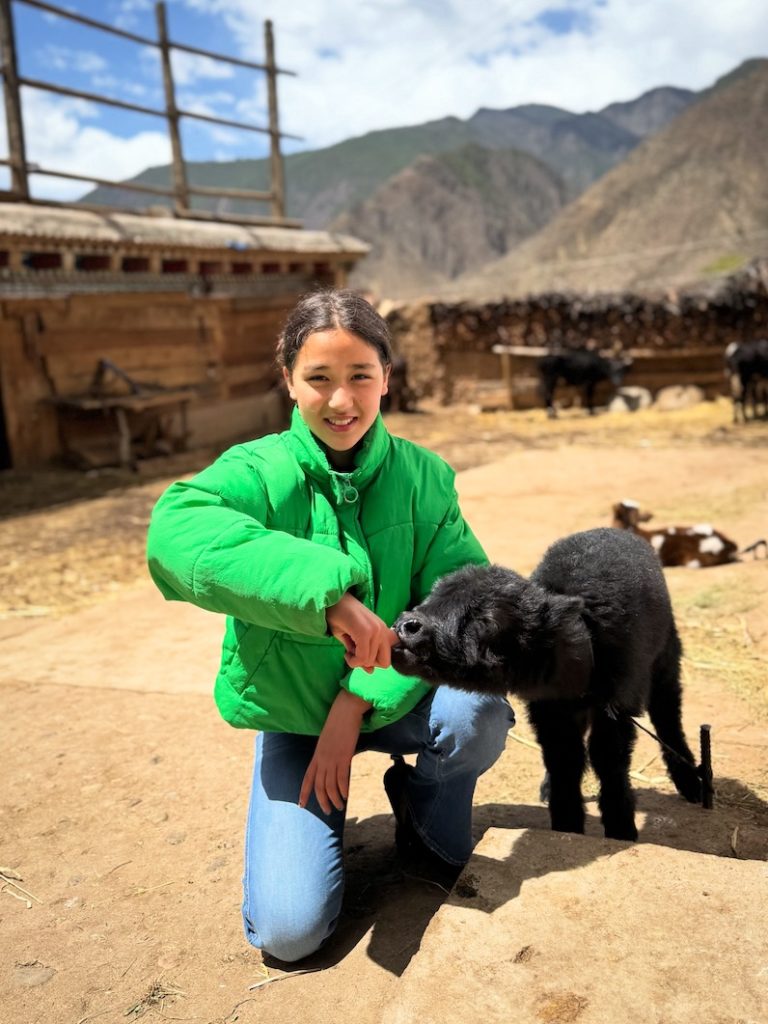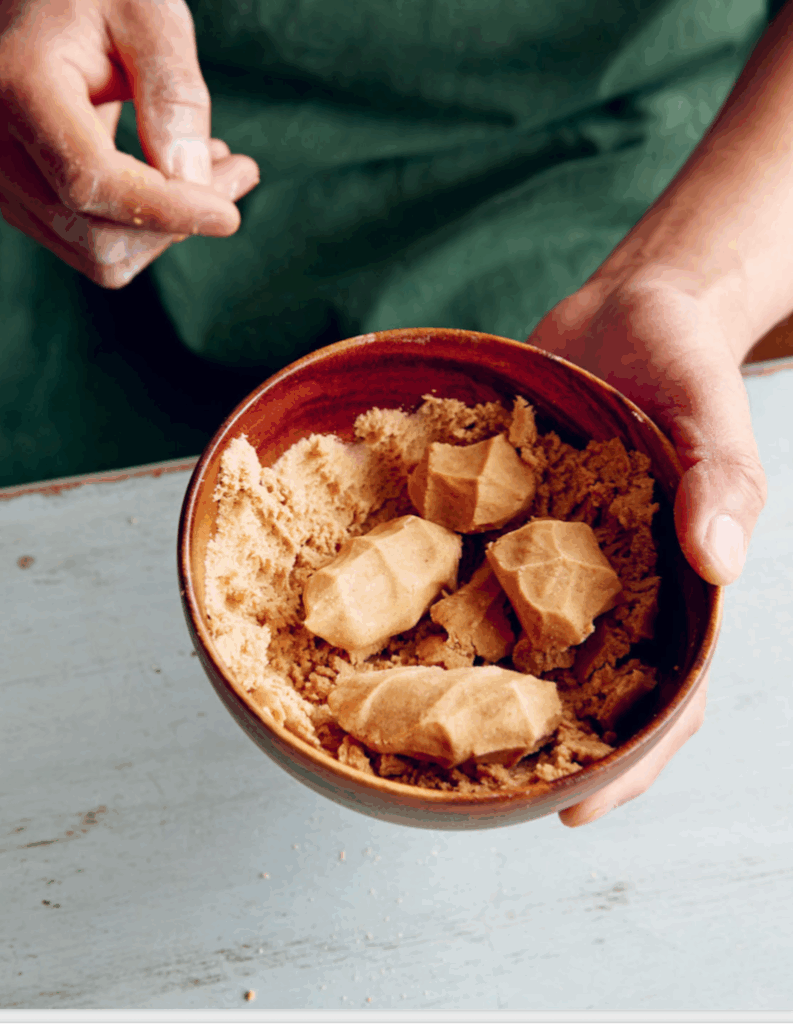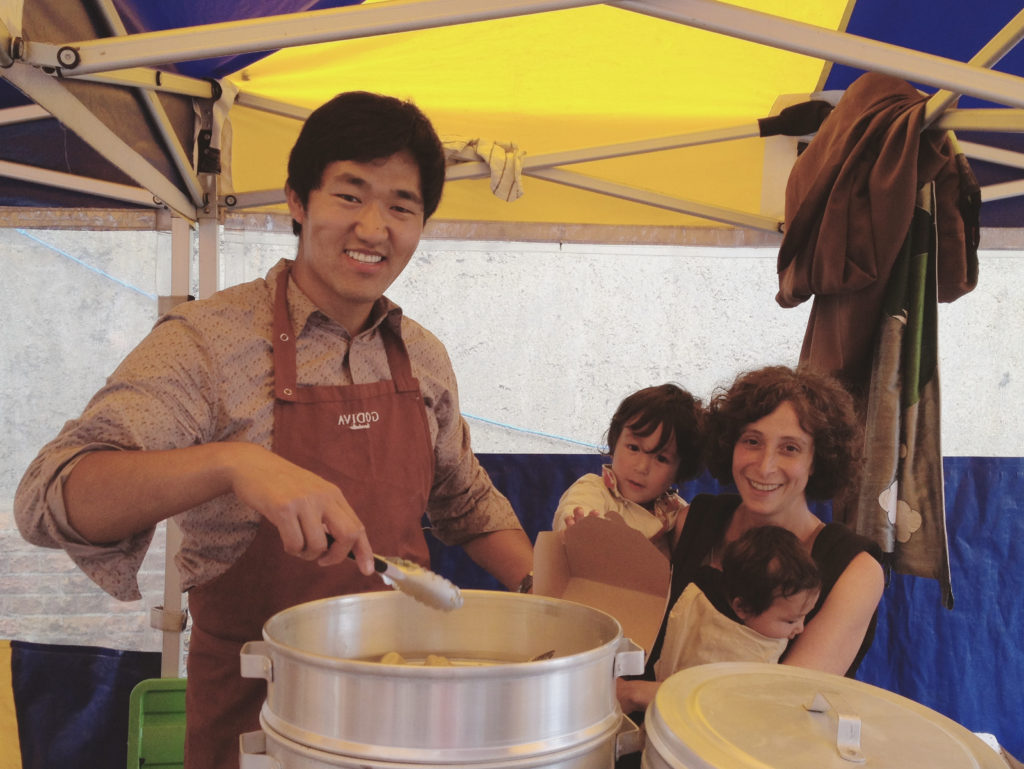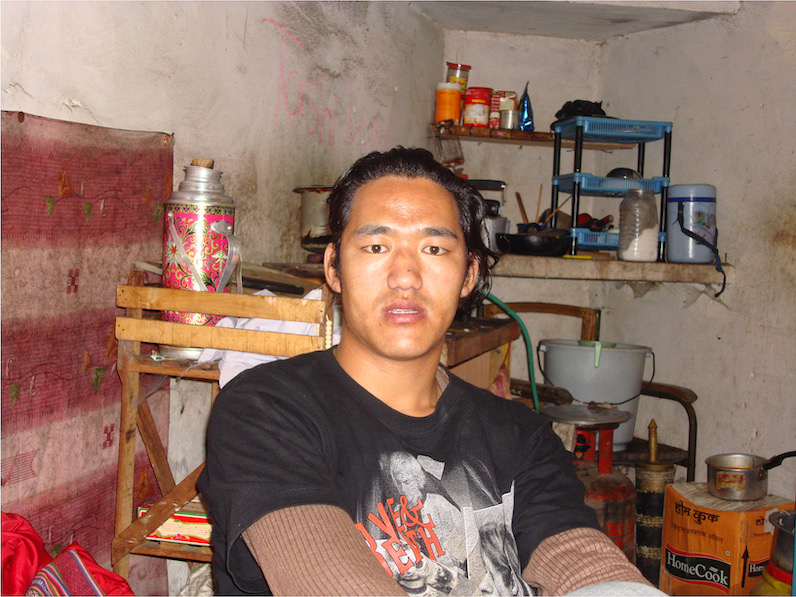
In Tibet, like here, it is late summer, and my brothers have been busy on the high mountains herding yak and dri (the female yak). They move from place to place, and spend most of their time milking the dri and making butter and cheese.
Every so often, they send bags of this stuff back home on horses, mules and yaks (see the video below, sent recently by relatives in Tibet). My brother told me this week that they have bagged up about 500kg of butter over the last four months.
https://www.youtube.com/watch?v=2UVaBQF4FsA
Our family may sell a bag or two to people in the local town. The rest they will consume themselves over the many cold months to come.
In the west we often think of butter as a necessary evil. Toast is not the same without a thin spread of it, and it sure helps to add flavour when we are cooking. But it’s a guilty pleasure – it will probably make us fat – so we tend to use it sparingly.
In Tibet, we can’t live without butter. Among a myriad of uses, it is the essential ingredient of Tibetan tea (which we drink more of than water), and of tsampa (our staple food). We we also use it as fuel for our lamps, and as moisturiser for our skin.
Fresh yak butter is preserved in a number of ways, and it can last for up to a year when stored correctly. In this way it can be used year-round, and provide much-needed energy boosts at high altitudes during the cold winter months.
Whole yak’s milk contains roughly twice the fat content of whole cow’s milk, but a significant percentage of this is a fatty acid that has been proven to improve bone mineralization and to contain anti-carcinogenic and anti-diabetic properties.
Despite the amount of butter we consume in Tibet, it is rare to come across anybody overweight, and instances of cancer and diabetes are also rarely found.
What a shame we can’t serve you yak butter tea over here! But we are planning an amazing butter coffee in our new venture… Check in with us again soon!
#tastetibet #tibet #tibetan #buttertea #tea #yakbutter #yaks #dri







